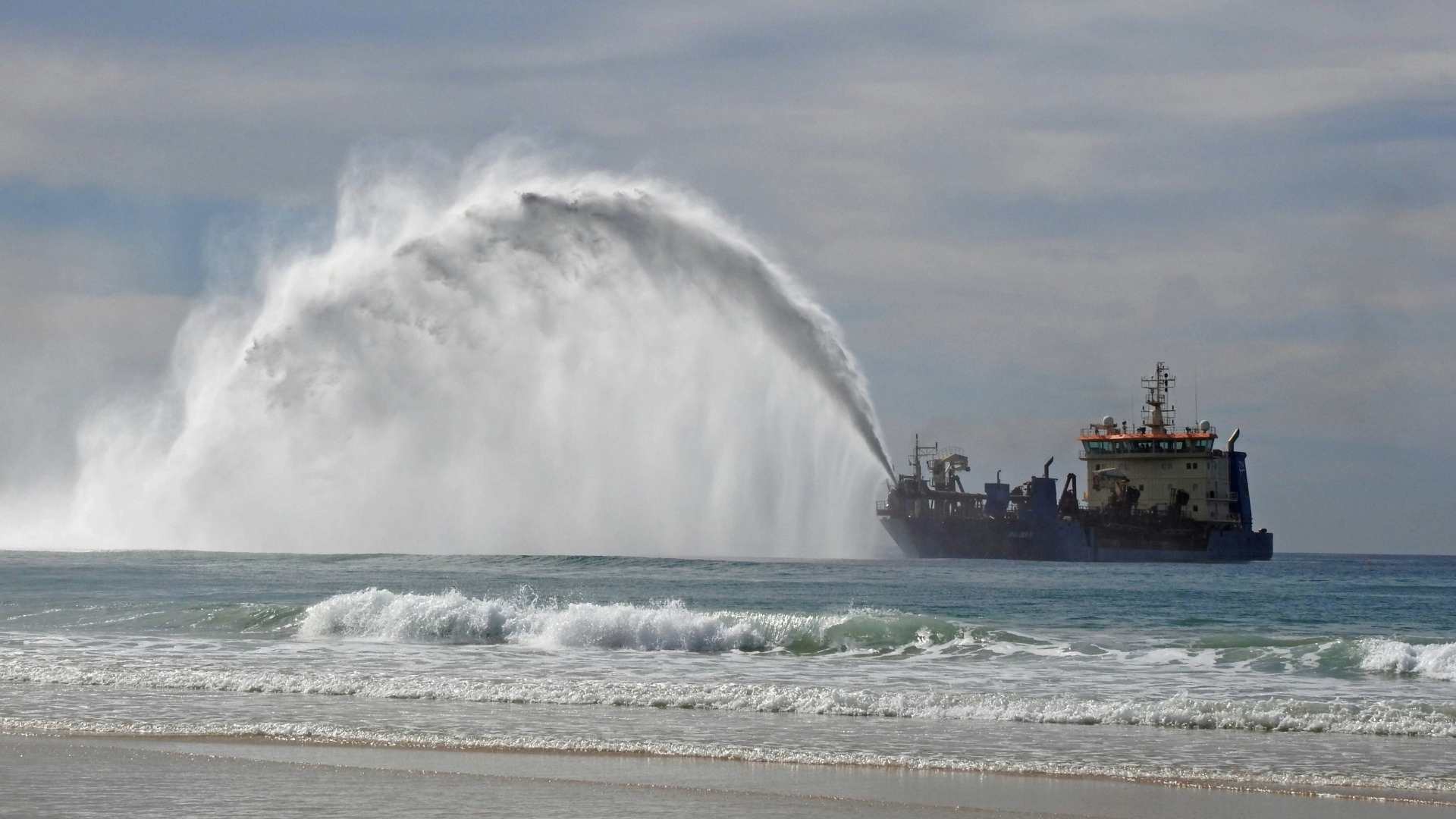Introduction
Dredging is often described as the hidden backbone of maritime commerce. At the Port of Morgan City, Louisiana, recent events have highlighted just how critical dredging is—not only for maintaining shipping lanes but for ensuring the resilience of infrastructure in the face of natural disasters.
Following the severe impacts of Hurricane Francine, the port faced a dramatic challenge. The storm dumped over 8 million cubic yards of sand into the channel, threatening to undo $120 million worth of dredging work and paralyze vital shipping operations. But thanks to rapid and strategic channel dredging, port officials and partners were able to restore the waterway’s depth and keep billions of dollars in commerce flowing.
This article explores the importance of dredging in post-storm recovery, the technology behind it, and how the Port of Morgan City has become a case study in adaptive and efficient waterway management.
What Is Dredging?
Dredging is the process of excavating sediments, sand, silt, and debris from the bottom of bodies of water such as rivers, harbors, and coastal channels. The purpose of dredging can vary: some projects focus on deepening channels for vessel navigation, while others restore shorelines, prevent flooding, or remove contaminants.
In channel dredging, the focus is on keeping navigational routes open and safe for marine traffic. Without regular dredging, these waterways can become shallow due to natural sedimentation or extreme weather events—such as hurricanes—causing economic and environmental disruption.
Hurricane Francine: A Threat to Maritime Commerce
On September 11, Hurricane Francine struck with force, churning through the Gulf of Mexico and battering the region’s waterways. According to Port Executive Director Raymond “Mac” Wade, the storm acted like a “washing machine,” depositing millions of cubic yards of sediment into the port’s channel—an area vital to both commercial and military marine operations.
“We lost 10 feet of depth in 10 hours,” Wade explained at the St. Mary Chamber Business Luncheon. For a channel that had just been restored to its authorized depth of 20 feet and width of 400 feet, this was a massive setback. The sudden loss of depth severely threatened the operations of key port users, including Conrad Shipyard, LAD Services, and Performance Contractors, whose maritime logistics depend on consistent channel access.
The Economic Stakes of Channel Dredging
The Port of Morgan City plays a vital role in the regional economy, with commercial and industrial users generating billions of dollars in trade. While Wade has long said the region’s waterways “aren’t doing millions—they’re doing billions,” the destruction wrought by Francine put that assertion in jeopardy.
Thanks to the U.S. Army Corps of Engineers and the port’s quick mobilization, dredging operations commenced rapidly. In just 75 days and with an additional $30 million in dredging costs, the port’s main channel was brought back to serviceable depth. This restoration allowed vessel traffic to resume and prevented further economic fallout across industries that rely on maritime transport.
Technology in Action: The Arulaq Dredge
A standout in the port’s dredging response is the Arulaq, a specialized dredging vessel developed through a collaboration between Brice Civil Constructors, Halimar Shipyard, and the Army Corps of Engineers.
Unlike conventional dredges, the Arulaq uses a suction and agitation method specifically designed to remove fluff mud—a dense, sticky sediment that tends to clog channels after storms. Its innovative design allows it to operate 24/7 and remove material at a fraction of the cost: only 15 cents per cubic yard, compared to dollars per yard for traditional methods.
Wade credited the Arulaq as a “hero” of the port’s recovery efforts, calling its work in the bar channel—the stretch between Eugene Island and the sea buoy—the key to keeping the port operational during a critical window.
Environmental and Engineering Balance
While the economic necessity of dredging is clear, it’s also important to manage its environmental impact. Sediment relocation must be done carefully to avoid disrupting ecosystems or increasing downstream sedimentation. In the case of Morgan City, the dredged materials were placed strategically where tidal currents could carry them away naturally, reducing ecological disruption.
Furthermore, routine environmental impact assessments and coordinated planning between federal and local agencies ensured that dredging efforts remained compliant with sustainability standards while achieving urgent economic objectives.
Long-Term Strategy: Maintenance and Monitoring
The Port of Morgan City’s recent experience highlights the need for ongoing dredging and channel maintenance. Hurricanes may strike unexpectedly, but sedimentation is a constant. Without sustained investment in channel dredging, ports risk losing their operational capacity—even without a disaster.
Wade and other officials emphasized the importance of federal support, advanced technology, and real-time monitoring to anticipate dredging needs before channels become impassable. Technologies such as GPS tracking, sonar mapping, and digital sediment models are now part of the port’s toolkit for managing waterway depth proactively.
Conclusion: A Model for Resilient Waterway Management
The story of the Port of Morgan City serves as a powerful reminder of the essential role that dredging plays in keeping commerce moving, infrastructure stable, and communities economically viable. Faced with a sudden environmental threat, the port’s rapid response and efficient dredging operations prevented a potential logistical and financial disaster.
More than just a recovery story, it’s an example of how channel dredging, when guided by innovation and collaboration, can offer resilience in a changing climate and volatile maritime landscape.
As Wade put it best: “We’re not just digging mud. We’re digging our way into the future.”
